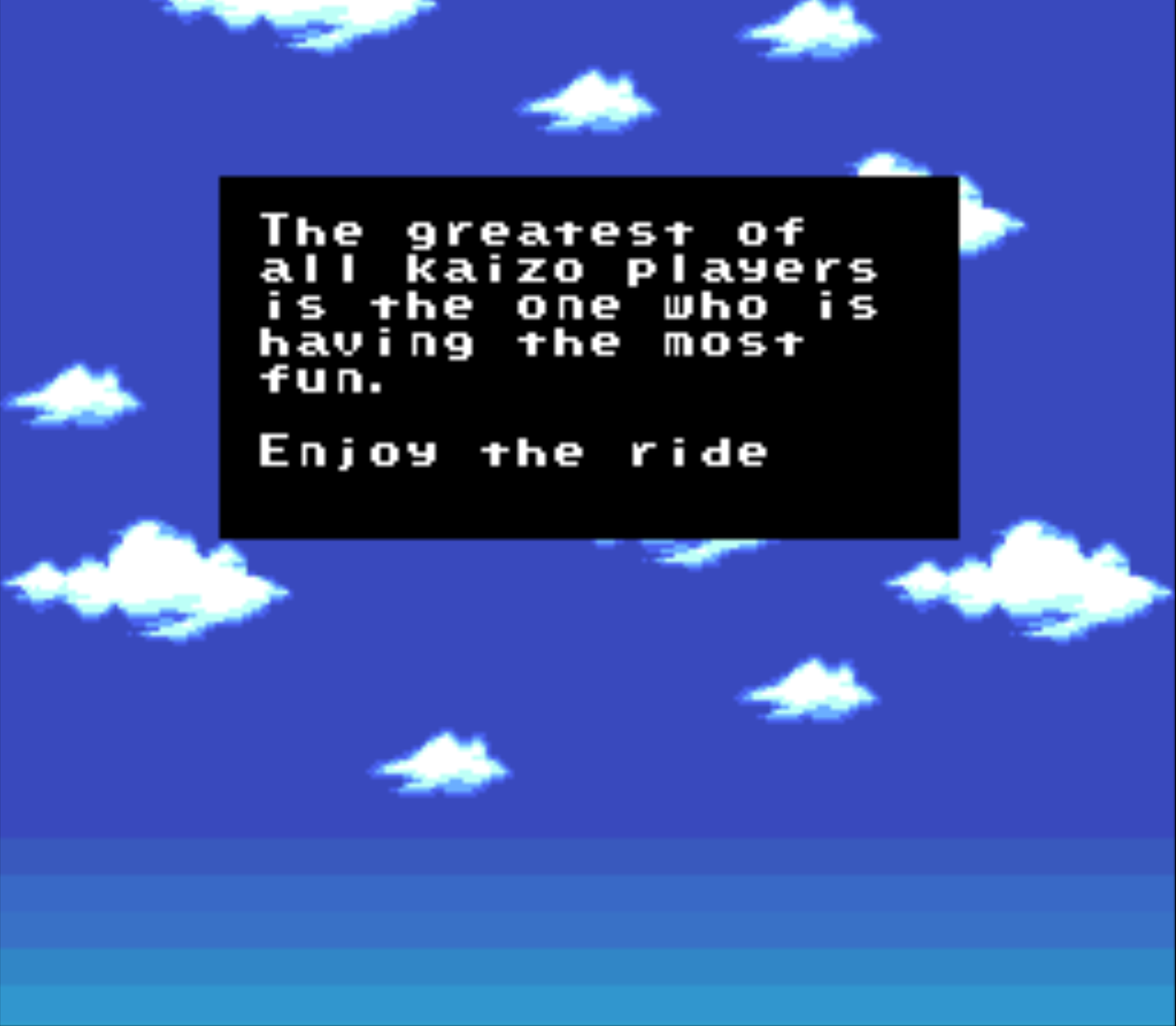Kaizo Super Mario: Death By Shell Jump
Can you kaizo?
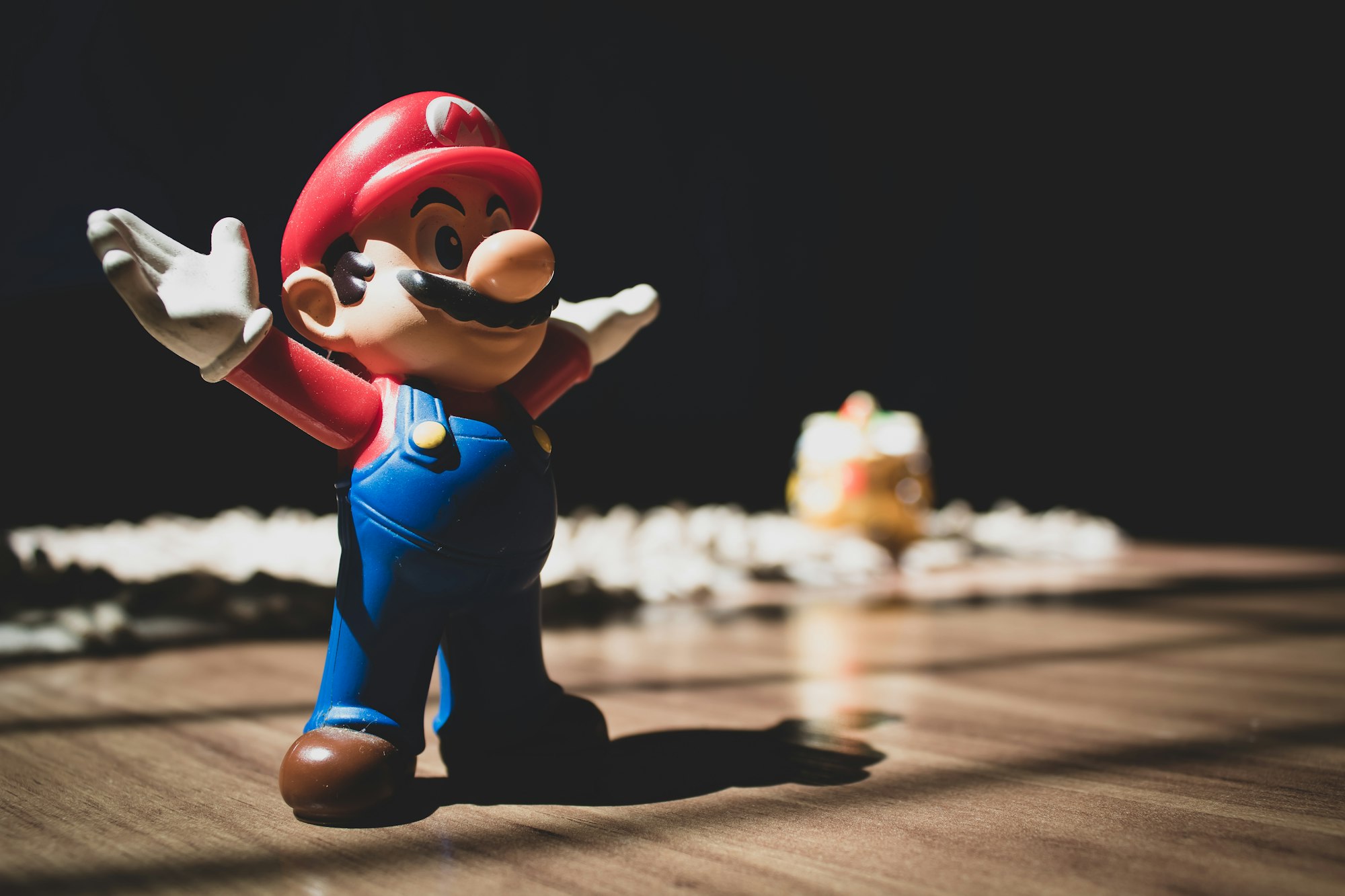
There is often a rotation of streamers, many technically gifted enough that they are in the speedrunning community, playing a version of Super Mario World that looks punishingly difficult viewed through the monitor in my apartment. Sometimes they look ecstatic that they've completed a romhack (an unlicenced fanmade game) that only a handful of other players have been able to finish. Sometimes they might look defeated while a death counter spikes and a "RETRY?" text box pops up rapidly. Right now, a streamer who goes by LaserBelch is playing Super Kaizo World 3 on my laptop, but this isn't his first rodeo, and he makes playing it look like second nature. I have recently started playing Super Mario World Kaizo hacks, and after almost a month of forcing myself to play every day for at least fifteen minutes (and sometimes as much as an hour), there has been an improvement on my end. But even now, what has taken him under ten minutes to clear would take me a week.
At face value, when people see Mario in any context, the first thought is that this will be the same as booting up any mainline Mario game, which is thought of as being something akin to "baby's first platformer". Kaizo players are often inundated with comments on their streamable content from the uninformed. These commenters suggest that they could have beaten a level that realistically could have taken hours for these players to grind because, without any hands-on context, it still can look "simple", even with a screen of stacked Bullet Bills, dozens of spikes, and errant hammers from a Hammer Bro. They are all the Mario assets that everyone remembers, just manipulated in a way that makes failure inherently more humiliating and comical at times.
How did we get to this place of fan-made, punishingly difficult levels designed to bewitch and bedevil fans of the man in the red hat? "The Lost Levels" (released in Japan as Super Mario Bros. 2 in 1986) had a delayed North American release due to concerns it would be too difficult for a North American audience. Eventually, it would make its way over stateside, packaged with Super Mario: All-Stars for the Super Nintendo in 1993, garnering a cult-like fandom from those loyal to the series and launching the Kaizo revolution.
What is "Kaizo"?
Kaizo is a game design and play style that focuses on strict precision, with no wiggle room for even the slightest mistake that might affect timing. This often feels punishing, and an inability to read setups and have the reflexes quick enough to respond is the death knell for progressing. This gameplay style is often used for many romhacks of popular platformers and is a staple of significant speedrunning and charity events like Games Done Quick. Sometimes they look and sound identical ("vanilla") to their SMW counterpart, but often they are "chocolate" hacks, with unusual color palettes, custom ported music, and modified sprites. The use of the mechanics from the source material applied to setups that are so complicated gives even a seasoned gamer that hasn't played Kaizo a nearly zero chance of clearing a level on a first try.
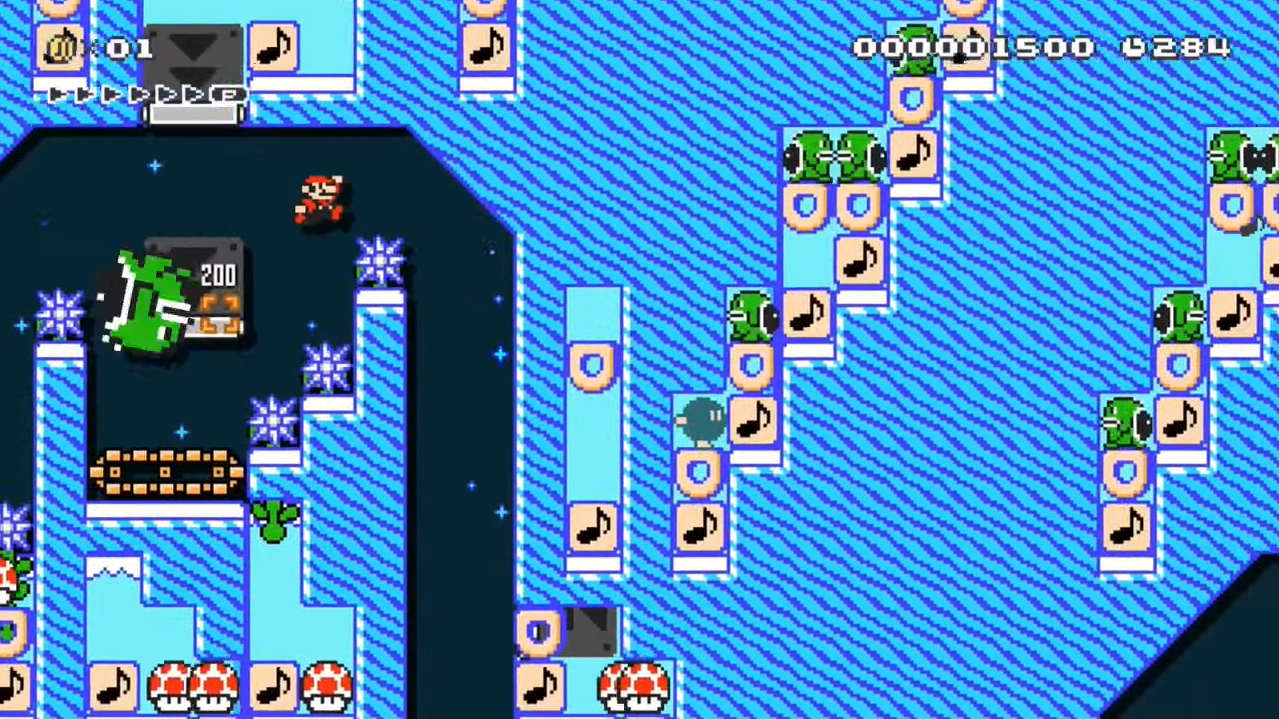
You will only see kaizo gameplay in select licensed games, namely in the Super Mario Maker series, but generally, the term is associated with romhacks. Due to legal and licensing reasons, they are called "fangames" at large events like GDQ, and for writing purposes, I cannot tell you where to find or how to play them. My best advice is to look to Google or Youtube for explanations on how to do this and, in the case of Super Mario World-based ones, where to obtain an original clean cartridge of the game from your local FuncoLand and play on the original hardware, as intended. Romhacking and homebrewing aren't exclusive to Mario and Nintendo, and fanmade games date back to the Atari and Commodore.
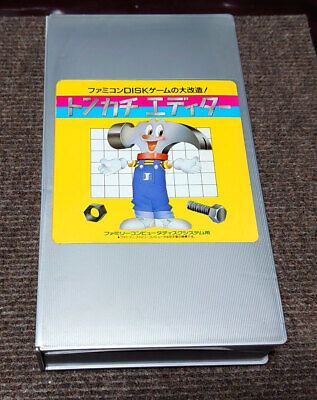
Tonkachi Mario and Kaizo Mario World
Tonkachi Mario, dating back to 1987, is considered the first Mario romhack. Tonkachi Mario was made using Tonkachi Editor for the Famicom Disc System, another obscure official Nintendo peripheral that utilized floppy discs, but never made it out of Japan. Super Mario Bros romhacks continued to be made using Tonkachi throughout the 90s, then in 2000, a Super Mario World level editor called Lunar Magic was released as freeware. As a nerdy teenager in a science trade school for electrical engineering and programming, I knew of Lunar Magic's existence. I didn't expect to be writing or playing SMW hacks created with the same toolset 23 years later.
Kaizo Mario World, also known as "Asshole Mario" was released in 2007 and resulted in two more entries. The title's full name is Jisaku no Kaizō Mario (Super Mario World) o Yūjin ni Play Saseru, which roughly translates as "Making my friend play my Super Mario hack." The creator initially made it for a friend, a trend you still see today. Creators in every level of prominence, from newbie to established, will make hacks and Mario Maker Levels dedicated to other creators or friends, hoping to get them to play their creation. One of the most well-known North American (and absurdly difficult) creations is Grand Poo World 1 & 2, developed by Barbarian for his friend (Twitch Ambassador and speedrunner) GrandPooBear.
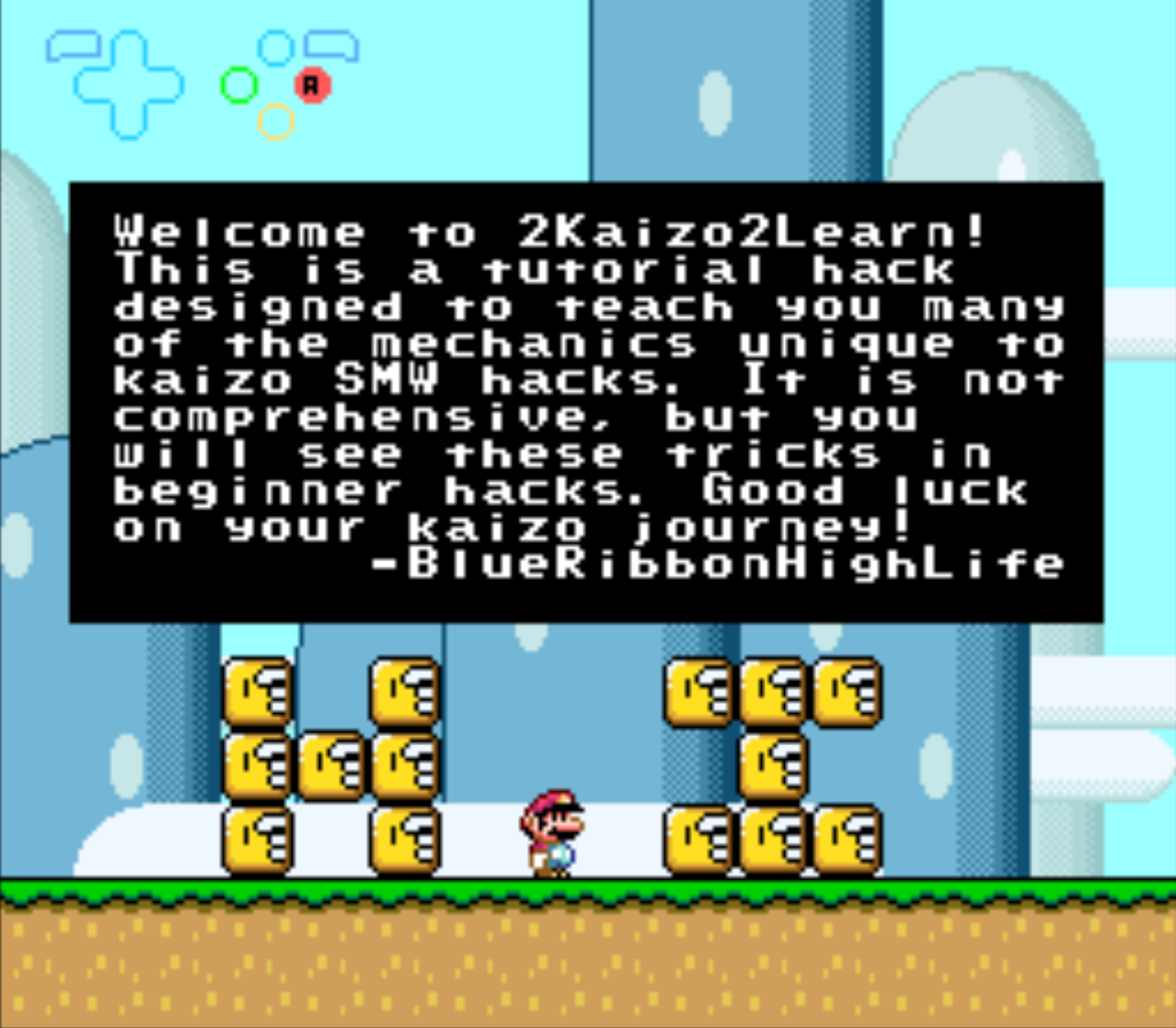
Learning To Play Kaizo From an Actual Beginner Standpoint
If you want to be able to play kaizo, you'll likely get conflicting schools of thought on your approach. Kaizo SMW levels in Super Mario Maker 1 and 2 handle differently than their romhack counterparts. Purists recommend starting with beginner or tutorial kaizo and even vanilla non-kaizo Mario, but for me, the best start is to swallow your pride and play the originals again.
I may have been raised with a Super Nintendo as a babysitter and played World more times than I can count, but a refresher on how Mario handles can be a significant help before starting to jump in. Super Mario World can easily be played on your Switch with your Nintendo Online membership, along with the Lost Levels and other predecessors.
Another question many (myself included) is what controller to use, and you'll see most competitive level players playing with a SNES/Super Famicom controller, a treasured commodity due to their age. I started playing with Razer Wolverine V2, my preferred Xbox controller, as I already have carpal tunnel and arthritis. I have switched to 8BitDo's controller, and it has yet to cause any aggravation beyond what I'd expect from a gameplay style that is notoriously hard on the hands. This is a matter of complete preference; ultimately, you should play with what works for you. If you ask a pro, you will probably get a much different answer, especially if this is something you plan on getting into playing professionally for competition or streaming.
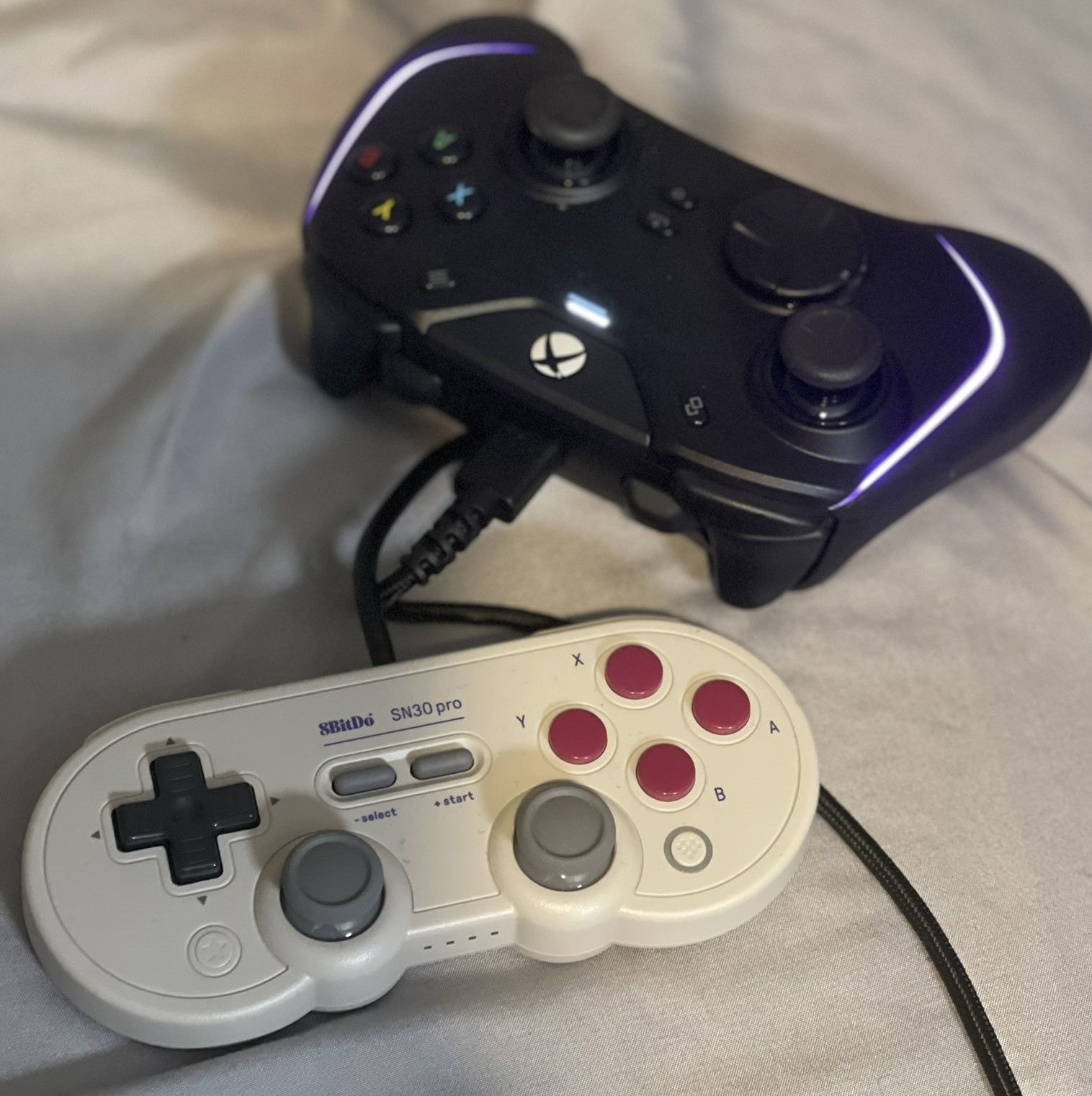
In starting to learn how to play, I had the advantage of being a regular subscriber to several players in the community on Twitch. Many Twitch streamers offer a subscriber-only Discord as a perk, all with varying degrees of interaction, but you'll be in a like-minded community that can provide you with an overwhelming plethora of advice. Some streamers invite gameplay questions but ask politely before bombarding a streamer with questions, especially while playing.
Many creators, such as Juzcook, have Youtube channels with helpful videos about beginner games and explanations that read much better when explained verbally with a guide. In games like Learn2Kaizo, 2Kaizo2Learn, and Love Yourself, I often had to look for videos of playthroughs that gave more direction for button input than can be explained in an in-game text box. The latter two I think show the best version of a true tutorial, and 2 Kaizo2Learn explains common setups incrementally, with a "test" before you can advance, and has an in-game button for streamers that use overlays with button inputs are incredibly helpful. The visual aspect is a more accessible guide than reading text that just says "you should hold right", due to the precision of the timing required to get it correct.
The best knowledge I can impart to you is to be kind to yourself. This is a style of gameplay that is intentionally meant to be frustratingly difficult. Don't expect to master anything in a day or even a month, as I've learned.
